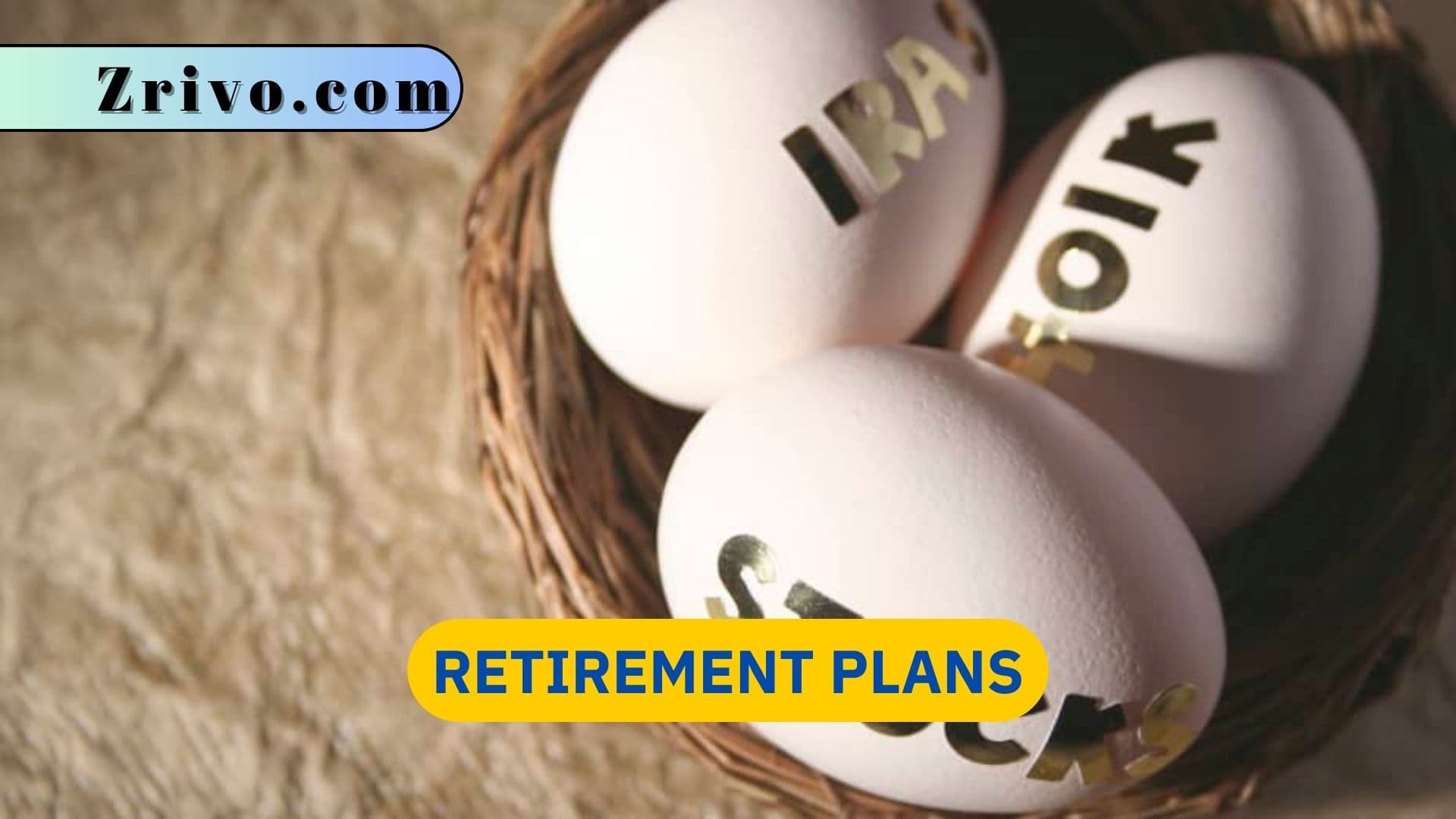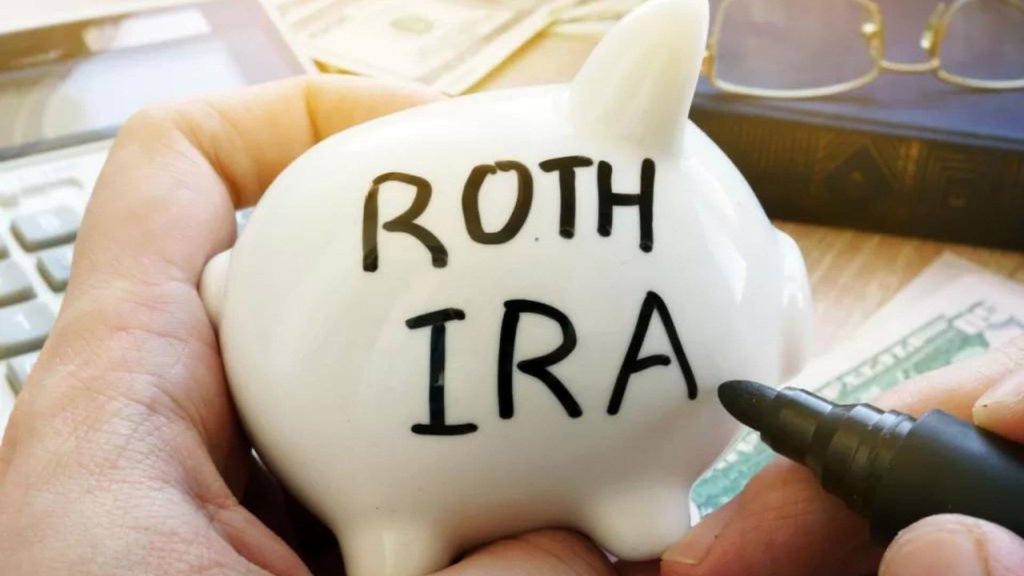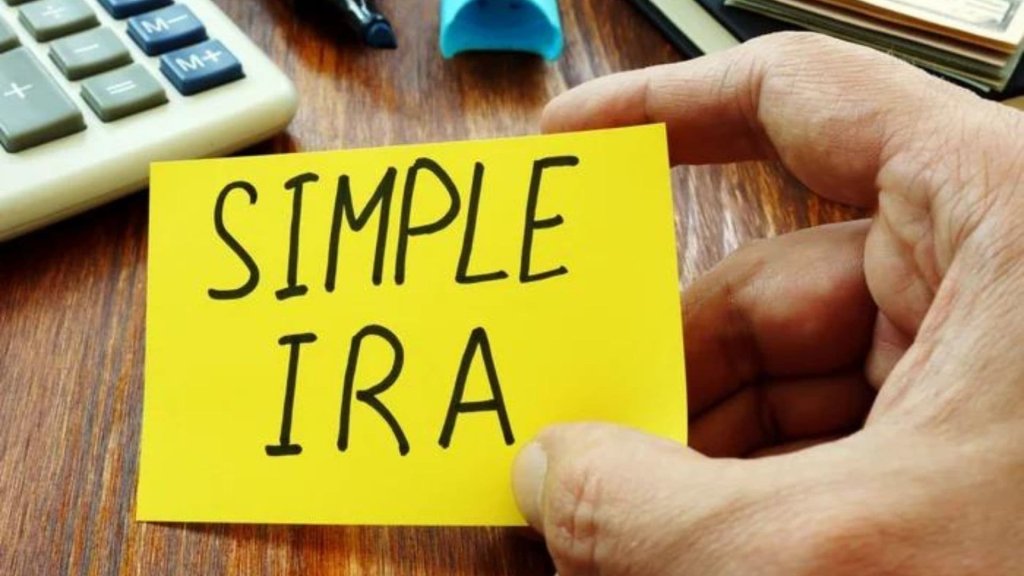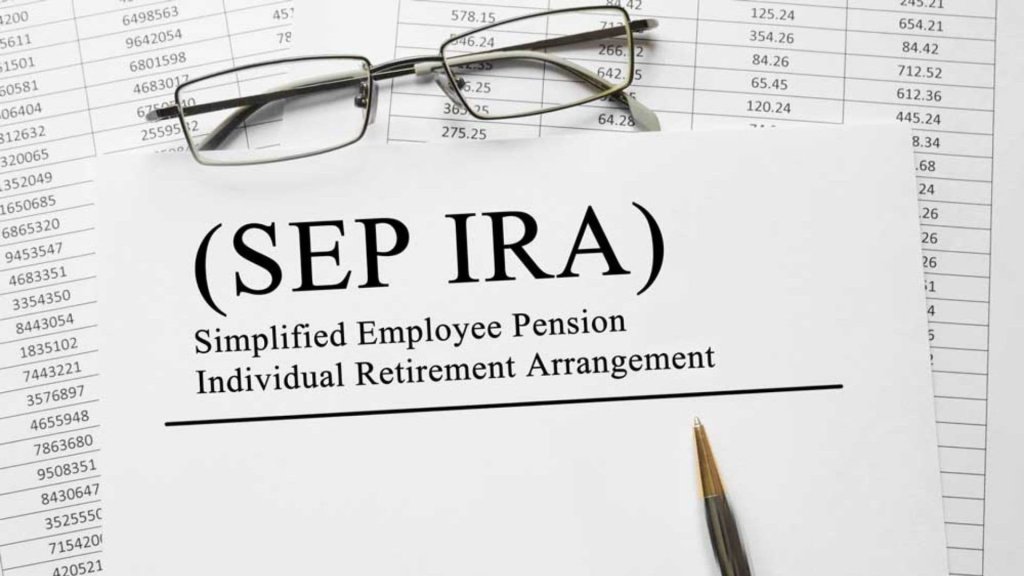
When you have a retirement account, Your money is invested in a variety of different assets that offer varying levels of risk and return. You are not required to pay taxes on the funds you contribute until you withdraw them in retirement. There are many types of retirement accounts, and you may use multiple throughout your working life. You might start with a small employer that doesn’t offer a retirement account, then move on to a larger company offering a 401(k) plan. Or, you might become self-employed and open an individual retirement account (IRA).
The main type of retirement plan is a defined contribution plan. This is an employer-sponsored plan in which employees are given an account that contains their contributions and earnings from investments. These accounts are typically invested in securities, such as stocks and bonds. The value of the account fluctuates over time due to changes in market prices and other factors.
There are also other types of retirement accounts. These include individual retirement accounts (IRAs), tax-advantaged investment accounts. IRAs are available to anyone with earned income, including self-employed individuals and those without access to workplace retirement plans like a 401(k). They come in a number of different varieties, including traditional IRAs, Roth IRAs, SIMPLE IRAs, and other employer-sponsored IRAs.

401(k) Plan
A 401(k) is an employer-sponsored retirement plan offered by private companies and some non-profit organizations. It allows employees to contribute a portion of their salary on a pre-tax basis. The contributions grow tax-deferred until withdrawn in retirement. Some employers may also offer a matching contribution.
Eligibility: 401(k) plans are typically offered by private companies and certain non-profit organizations. Eligibility requirements vary by employer but commonly include factors such as minimum age and length of service.
Contributions: Employees can contribute a portion of their salary up to the annual contribution limit set by the IRS. For 2025, the limit is $20,500 (with an additional catch-up contribution of $6,500 for those aged 50 or older).
Employer Match: Some employers offer a matching contribution, where they match a portion of the employee’s contributions, typically up to a certain percentage of their salary.
Early Withdrawals: If you withdraw funds from a 401(k) before age 59½, you generally face an early withdrawal penalty of 10% in addition to income taxes unless you qualify for an exception (e.g., disability, certain medical expenses or separation from service after age 55).
Rollover Rules:
- Direct Rollover: If you leave your job or retire, you can typically roll over your 401(k) funds directly into an IRA or another eligible employer-sponsored retirement plan. This is known as a direct rollover or trustee-to-trustee transfer.
- 60-Day Rollover: Alternatively, you may choose to receive the funds from your 401(k) directly, known as an indirect rollover. You have 60 days to deposit the funds into another qualified retirement account to avoid potential taxes and penalties.
Individual Retirement Account (IRA)
An IRA is a personal retirement account that individuals can open on their own. With potential tax advantages, IRAs offer individuals a way to save and invest for retirement. There are two main types of IRAs: Traditional IRA and Roth IRA.

Traditional IRA
Contributions to a Traditional IRA may be tax-deductible depending on income and whether the individual or their spouse has a workplace retirement plan. Earnings grow tax-deferred, and withdrawals in retirement are subject to income tax.
Eligibility: Individuals can contribute to a traditional IRA regardless of employment status, as long as they have earned income. However, there are income limits for tax-deductible contributions if the individual or their spouse participates in a workplace retirement plan.
Contributions to Traditional IRA : For 2023, the contribution limit is $6,000 (with an additional catch-up contribution of $1,000 for those aged 50 or older). Contributions may be tax-deductible depending on income and participation in a workplace retirement plan.
Early Withdrawals from Traditional IRA: Similar to 401(k) plans, early withdrawals from a Traditional IRA before age 59½ typically incur a 10% penalty in addition to income taxes unless you qualify for an exception.
Rollover Rules:
- Direct Rollover: You can roll over funds from one Traditional IRA to another Traditional IRA or into a qualified employer-sponsored retirement plan. Direct rollovers are typically recommended to avoid any potential tax consequences.
- 60-Day Rollover: Similar to a 401(k), you can also take a distribution from a Traditional IRA and have 60 days to deposit the funds into another eligible retirement account.

ROTH IRA
Contributions to a Roth IRA are made with after-tax dollars, meaning contributions are not tax-deductible. However, qualified withdrawals in retirement, including earnings, are tax-free. Roth IRAs also offer more flexibility for early withdrawals.
Eligibility: Eligibility to contribute to a Roth IRA is based on income. There are income limits for direct contributions, but high-income individuals may still be able to make contributions through a backdoor Roth IRA conversion strategy.
Contributions: The contribution limits for 2023 are the same as Traditional IRA: $6,000 (with a $1,000 catch-up contribution for those aged 50 or older). Contributions to a Roth IRA are made with after-tax dollars and are not tax-deductible.
Early Withdrawals: Roth IRAs have more flexibility for early withdrawals. Contributions can be withdrawn at any time without taxes or penalties. For earnings, qualified withdrawals in retirement (after age 59½ and held for at least five years) are tax-free. Early withdrawals of earnings may be subject to income taxes and a 10% penalty, with some exceptions for specific circumstances.
Conversion: You can convert funds from a Traditional IRA or eligible employer-sponsored retirement plan (e.g., 401(k)) into a Roth IRA. This conversion is considered a taxable event, meaning you will owe taxes on the amount converted. It’s important to consider the tax implications carefully before proceeding with a Roth IRA conversion.

SEP IRA & SIMPLE IRA
SEP IRAs are retirement plans for self-employed individuals and small business owners. Contributions are made by the employer, and the amount can vary each year based on business profits. Similar to Traditional IRAs, withdrawals are taxed as income in retirement.
A Savings Incentive Match Plan for Employees (SIMPLE) IRA is an employer-sponsored retirement plan typically offered by small businesses. It allows both employers and employees to make contributions. Employees can contribute a portion of their salary on a pre-tax basis, and employers may choose to match employee contributions.

Eligibility: SEP IRAs are designed for self-employed individuals and small business owners. Eligible individuals include self-employed individuals, sole proprietors, and small business owners with eligible employees. SIMPLE IRAs are typically offered by small businesses. Eligibility requirements include having 100 or fewer employees who received at least $5,000 in compensation during the previous year.
Contributions: The employer determines the contributions to SEP and SIMPLE IRAs. In a SEP IRA, the employer makes contributions on behalf of employees. In a SIMPLE IRA, both employees and employers can make contributions.
Early Withdrawals: Similar to Traditional IRAs, early withdrawals from SEP and SIMPLE IRAs before age 59½ typically incur a 10% penalty in addition to income taxes unless an exception applies.
Rollover Rules (SEP IRA):
- Direct Rollover: You can roll over funds from a SEP IRA into another SEP IRA or a Traditional IRA through a direct rollover or trustee-to-trustee transfer.
- 60-Day Rollover: Alternatively, you can receive the funds and have 60 days to deposit them into another eligible retirement account.
Rollover Rules (SIMPLE IRA):
- Direct Rollover: You can roll over funds from a SIMPLE IRA into another SIMPLE IRA, a Traditional IRA, or an eligible employer-sponsored retirement plan through a direct rollover or trustee-to-trustee transfer.
- 60-Day Rollover: Alternatively, you can receive the funds and have 60 days to deposit them into another eligible retirement account.

403(b) Plan
A 403(b) plan is a retirement plan offered by public schools, universities, non-profit organizations, and certain religious organizations. It operates similarly to a 401(k) plan but is specific to eligible employees in these sectors.
Eligibility: 403(b) plans are typically offered by public schools, universities, non-profit organizations, and certain religious organizations. Eligibility requirements may vary, but common criteria include minimum age and employment in a qualifying organization.
Contributions: Employees of public schools, universities, non-profit organizations, and certain religious organizations can contribute to a 403(b) plan. The annual contribution limit for 2025is $20,500 (with an additional catch-up contribution of $6,500 for those aged 50 or older).
Employer Contributions: Employers may also contribute to the employee’s 403(b) account, which can be in the form of matching or non-elective contributions.
Early Withdrawals: Similar to 401(k) plans and Traditional IRAs, early withdrawals from a 403(b) plan before age 59½ generally incur a 10% penalty, along with income taxes, unless an exception applies.
Rollover Rules:
- Direct Rollover: If you change jobs or retire, you can roll over your 403(b) funds directly into an IRA or another eligible employer-sponsored retirement plan through a direct rollover or trustee-to-trustee transfer.
- 60-Day Rollover: Similar to other retirement plans, you may also choose to receive the funds and have 60 days to deposit them into another qualified retirement account to avoid potential taxes and penalties.

Defined Benefit Pension Plan
A defined benefit pension plan is an employer-sponsored retirement plan that guarantees a specific retirement income. The employer typically funds the plan, and the benefit is based on factors such as years of service and salary history.
Eligibility: The employer determines eligibility for participation in a Defined Benefit Pension Plan. These plans are commonly offered by government agencies, large corporations, and organizations with a significant workforce.
Contributions: The employer typically funds the plan in a Defined Benefit Pension Plan. Employees do not make contributions directly to the plan.
Benefit Calculation: The benefit amount in retirement is determined by a formula based on factors such as years of service and salary history.
Early Withdrawals: Defined Benefit Pension Plans do not allow early withdrawals or lump sum distributions. According to the plan’s terms, the benefit is paid out as a regular income stream during retirement.